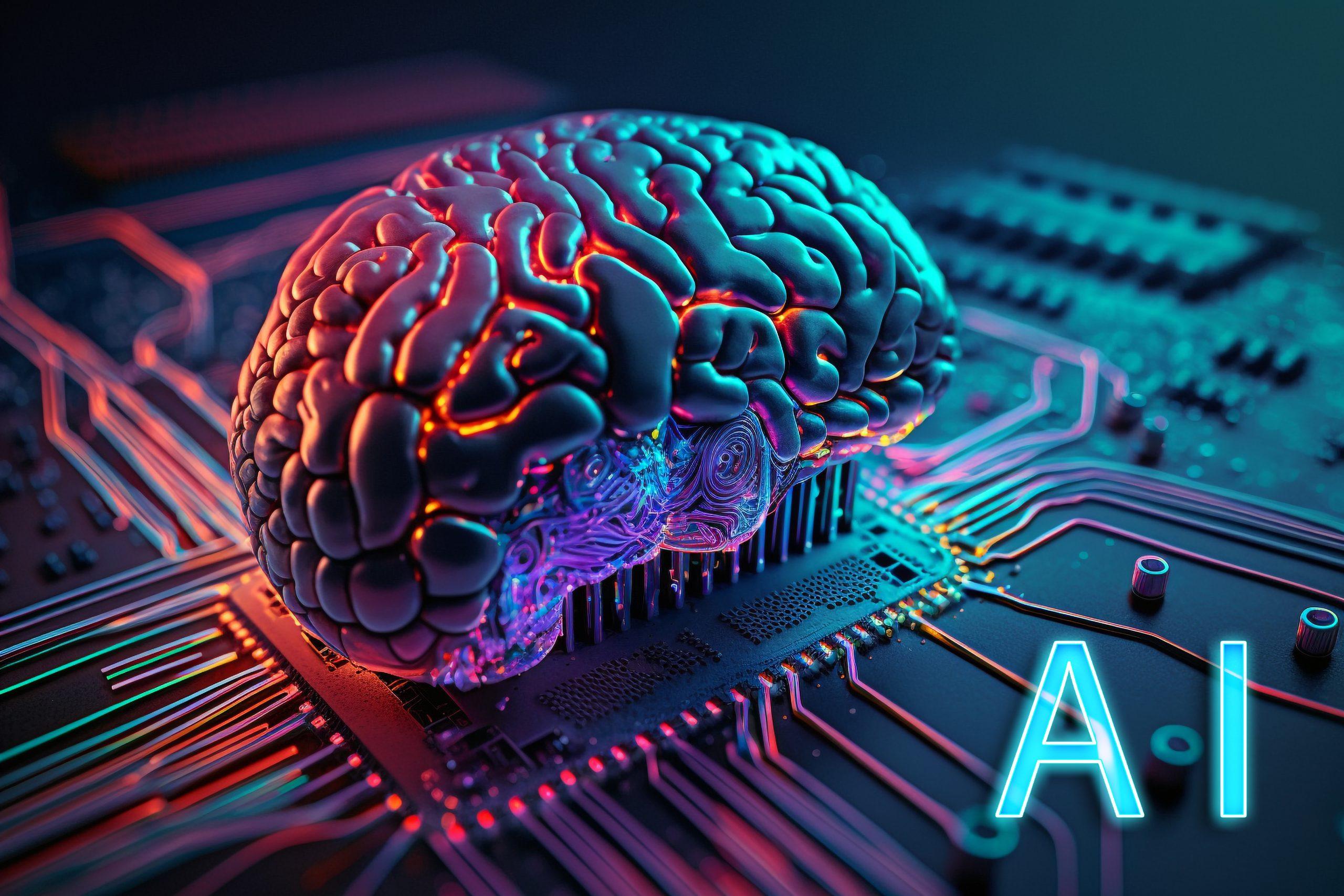Introduction:
hey there! If you’ve ever found yourself scratching your head over the terms “Machine Learning” and “Artificial Intelligence,” you’re definitely not alone. In our tech-savvy world, these terms are tossed around like confetti, often leading to confusion about what they really mean.are they the same thing? are they wholly different? Well, grab a comfy seat and let’s dive into this intriguing topic together!
In this article, we’ll break down the key differences between Machine Learning and AI in a way that’s easy to understand—no PhDs in computer science required! By the end, you’ll not onyl know what sets these two powerhouse technologies apart but also appreciate how they work hand in hand to shape the future. Whether you’re a curious beginner or looking to sharpen your tech knowledge, you won’t want to miss this exploration of two of the most exciting fields in today’s digital landscape. Ready to unravel the mystery? Let’s get started!
Understanding the Basics of Machine Learning and AI
Machine Learning (ML) and Artificial Intelligence (AI) are often used interchangeably, but they represent distinct concepts within the realm of technology.To truly grasp the nuances between them, it’s crucial to look deeper into their definitions and applications. At their core, AI refers to the broader capability of machines to mimic human-like intelligence, while ML is a subset of AI that focuses specifically on the ability of systems to learn from data and improve their performance over time without being explicitly programmed.
Understanding these differences can demystify how both technologies work and how they can be applied across various industries:
- AI: encompasses a wide range of technologies, including knowledge representation, reasoning, natural language processing, and robotics.
- ML: Primarily concerned with algorithms and statistical models that enable machines to perform tasks by learning from data.
- Applications of AI: Can be found in virtual assistants, image recognition, and autonomous vehicles.
- Applications of ML: Include advice systems, fraud detection, and predictive analytics.
To illustrate these concepts more clearly, consider the following table:
| aspect | Artificial Intelligence | Machine Learning |
|---|---|---|
| Definition | Broad field of creating intelligent agents | Subset of AI focused on learning from data |
| Goal | Simulate human intelligence | Improve accuracy and decision-making |
| techniques | Rules-based systems, logic, neural networks | Regression, classification, clustering |
| Input Type | structured and unstructured | Mainly structured |
Moreover, the relationship between the two can be seen as a continuum. While all machine learning is considered artificial intelligence,not all artificial intelligence is machine learning. AI can exist without ML, using rules-based systems or expert systems that do not learn from data. Conversely, ML thrives on data and requires a ample amount of it to train models effectively.
recognizing the distinctions between these two fields can empower businesses and individuals to make informed decisions about technology investments and implementations. By leveraging the strengths of both AI and ML, organizations can enhance their operations, innovate products, and ultimately drive greater value in an increasingly data-driven world.
The Relationship Between Machine Learning and AI
Understanding the connection between machine learning and artificial intelligence is crucial for anyone looking to navigate the rapidly evolving landscape of technology.While these terms are frequently enough used interchangeably, they represent different concepts within the broader field of AI. Machine learning is essentially a subset of AI, focused on algorithms and statistical models that enable machines to improve their performance on tasks through experience. This means that instead of programming explicit rules, developers can create systems that learn from data.
To clarify further, here are some key distinctions:
- Scope: AI encompasses a wide range of techniques and technologies, including natural language processing, robotics, and machine vision, among others. Machine learning, however, specifically refers to the methodology of training systems to recognize patterns and make decisions based on data.
- Functionality: AI aims to create systems that can perform tasks typically requiring human intelligence.Machine learning enhances this capability by allowing these systems to adapt and improve over time.
- Data Dependency: while all machine learning relies on data, not all AI systems require machine learning. Traditional AI systems can operate based on pre-defined rules and logic without learning from data.
Moreover, machine learning can be further divided into several categories, each serving unique purposes:
- Supervised Learning: In this approach, models are trained using labeled data, allowing the system to learn relationships between inputs and outputs.
- Unsupervised Learning: This method involves training models on data without labeled outcomes, enabling them to identify patterns and groupings on their own.
- Reinforcement Learning: Here, systems learn by interacting with their environment and receiving feedback, optimizing their actions through trial and error.
The synergy between machine learning and AI is what drives innovation in numerous fields today. For instance, in healthcare, machine learning algorithms analyze vast datasets to identify trends and predict patient outcomes, while AI systems utilize these insights to assist doctors in making informed decisions. the collaborative nature of these technologies not only enhances efficiency but also opens up new avenues for problem-solving.
understanding the relationship between these two domains is pivotal for leveraging their full potential. Machine learning is a powerful tool within the realm of AI, and recognizing how they complement each other can lead to groundbreaking developments across industries.

Core Differences: How Machine Learning and AI Approach Problems
When it comes to tackling problems, Machine Learning (ML) and Artificial Intelligence (AI) may often appear to tread similar paths, yet they diverge considerably in their methodologies and objectives. One of the essential distinctions lies in how each discipline approaches data and learns from it. Machine Learning is a subset of AI, focusing specifically on the development of algorithms that enable systems to learn from and make predictions based on data. This means that ML thrives on structured datasets, continuously refining its models through iterative training processes.
On the other hand, AI encompasses a broader spectrum, aiming to replicate human-like intelligence in machines. While ML is about learning from data, AI includes reasoning, problem-solving, and understanding natural language. This means AI can utilize not just data, but also rules and logic, to mimic cognitive functions. To illustrate:
| Aspect | Machine Learning | Artificial Intelligence |
|---|---|---|
| Focus | Learning from data | Simulating human intelligence |
| methodology | Algorithms and models | Rules, logic, and learning |
| Applications | Predictive analytics, pattern recognition | Natural language processing, robotics |
another key difference is how they handle uncertainty. ML models are generally designed to make probabilistic predictions, often providing a level of confidence about their outputs. This probabilistic nature allows ML systems to adapt as new data emerges. In contrast, AI systems may utilize a combination of deterministic and probabilistic methods, giving them the adaptability to operate in environments where rules are not strictly defined. This capability is invaluable in areas like autonomous driving, where AI needs to make split-second decisions based on incomplete details.
furthermore, the learning process varies significantly between the two. Machine Learning typically requires a large amount of labeled data for supervised learning, while AI methods might leverage a mix of labeled and unlabeled data, including reinforcement learning techniques. In essence, ML is frequently enough about training models to achieve better accuracy, while AI can be seen as the broader pursuit of creating systems that can operate with some level of autonomy and contextual understanding.
while both Machine Learning and Artificial Intelligence aim to solve complex problems, they do so through distinct approaches.Understanding these differences can help organizations choose the right tools and techniques to address their unique challenges effectively. Embracing these concepts not only clarifies the technology landscape but also empowers decision-makers to harness the true potential of both fields.
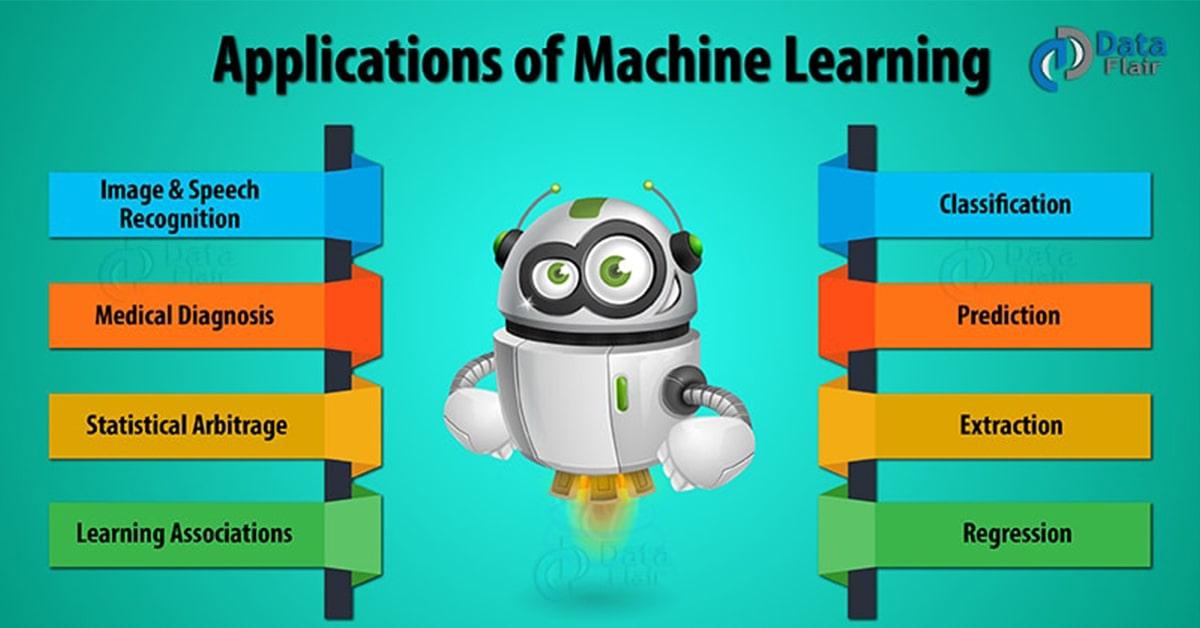
Real-World Applications: Where Machine Learning Shines
Machine learning is revolutionizing various industries and enhancing how we interact with technology.Its ability to analyze vast amounts of data and identify patterns has opened up new avenues for efficiency and innovation. Here are some compelling areas where machine learning truly shines:
- Healthcare: Machine learning algorithms are being used to predict patient outcomes, personalize treatment plans, and even assist in diagnostic processes.As an example, predictive analytics can definitely help in early detection of diseases such as cancer.
- Finance: In the financial sector, machine learning is applied for fraud detection, credit scoring, and algorithmic trading.By analyzing transaction patterns, these systems can flag perhaps fraudulent activities in real time.
- Retail: E-commerce platforms leverage machine learning to analyze customer behavior,recommend products,and optimize inventory management. Personalized shopping experiences are driven by algorithms that learn from user interactions.
- Transportation: Autonomous vehicles rely heavily on machine learning for navigation, obstacle detection, and route optimization. These technologies promise to enhance safety and efficiency on the roads.
- Marketing: Targeted advertising has been transformed by machine learning, allowing companies to deliver tailored content to specific audiences, leading to higher engagement and conversion rates.
To illustrate the profound impact machine learning has across different fields, consider the following comparison of traditional methods versus machine learning approaches:
| Aspect | Traditional Method | Machine Learning Approach |
|---|---|---|
| Data Analysis | Manual analysis with human oversight | Automated pattern recognition and prediction |
| Speed | Slow and often labor-intensive | Rapid processing of large datasets |
| Scalability | Limited scalability based on human resources | Effortlessly scales with increasing data |
| Accuracy | Potential for human error | Improves accuracy through continuous learning |
These examples highlight how machine learning not only enhances existing processes but also opens up remarkable possibilities for the future. As businesses increasingly rely on data-driven insights,the integration of machine learning technologies will be pivotal in shaping strategies and achieving success. Embracing this transformative technology is no longer a luxury; it’s a necessity for staying competitive in today’s fast-paced world.
AI vs Machine Learning: Which One Should You Choose for Your Business?
When it comes to enhancing your business operations, understanding the nuances between AI and machine learning is crucial. Both technologies are often used interchangeably, but they serve distinct purposes and offer different benefits. Making the right choice begins with grasping these differences.
Artificial Intelligence (AI) encompasses a broader concept of machines performing tasks that typically require human intelligence.Think of AI as the overarching umbrella that includes various technologies aimed at mimicking human cognitive functions. this can include anything from natural language processing to robotics. Conversely, machine learning is a subset of AI that focuses specifically on the idea that systems can learn from data, identify patterns, and make decisions with minimal human intervention.
Here’s a rapid breakdown of the key distinctions:
| Aspect | AI | Machine Learning |
|---|---|---|
| Definition | Ability of machines to simulate human behavior | Algorithms that allow systems to learn from data |
| Goal | To create intelligent agents capable of performing tasks | To improve accuracy of predictions through data |
| Examples | Chatbots, autonomous vehicles | Recommendation systems, fraud detection |
When deciding which technology to implement, consider the specific needs of your business. If your focus is on automating tasks that require human-like understanding, AI might be the way to go. Though, if you’re looking to enhance processes through data analysis and predictive capabilities, machine learning might potentially be the better option.
Ultimately, the decision should revolve around your business objectives and the problems you aim to solve. an ideal choice may even involve a combination of both, allowing you to leverage the strengths of each to optimize operations and drive innovation.
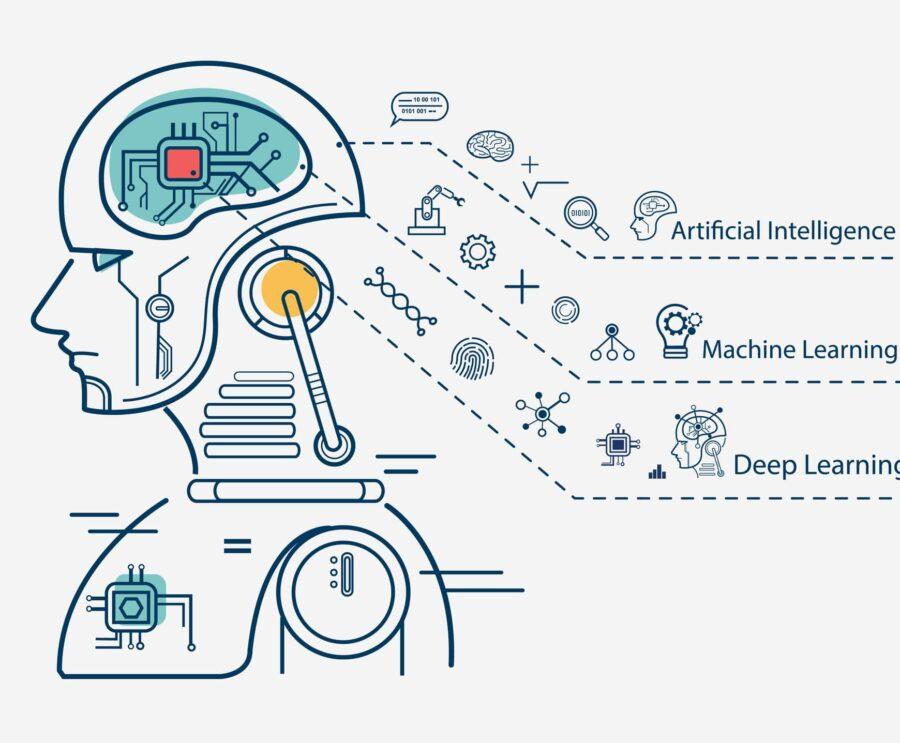
The future of Technology: The Role of Machine Learning in AI Advancements
The realm of technology is rapidly evolving, and at the heart of these advancements lies machine learning, a vital subset of artificial intelligence. As we move further into the digital age, understanding how machine learning propels AI forward is crucial. It’s not just a buzzword; it’s the engine that drives data processing and decision-making in countless applications.
Machine learning enables systems to improve their performance over time by learning from data. Here are some key ways it is indeed shaping the future of AI:
- data-Driven Decisions: Machine learning algorithms analyze vast amounts of data to identify patterns, allowing for more accurate predictions and decisions.
- Automation of Processes: Tasks that once required human intervention can now be automated, increasing efficiency and freeing up resources for more complex challenges.
- Personalization: In sectors like marketing, machine learning allows businesses to provide personalized experiences, tailoring offerings to individual user preferences.
- enhanced Security: Algorithms can detect anomalies and potential threats in real-time, significantly improving cybersecurity measures.
One of the exciting aspects of machine learning is its ability to evolve. This adaptability means that as data grows, the algorithms refine their approaches, leading to improved accuracy and insights. As an example, consider how recommendation systems on platforms like Netflix or Amazon utilize machine learning to enhance user experience:
| Platform | Machine Learning Application | user Benefit |
|---|---|---|
| Netflix | Content recommendations based on viewing history | Enhanced viewing experience with tailored suggestions |
| Amazon | Product recommendations based on purchase history | Convenience in discovering new products |
Moreover, the integration of machine learning with other technologies, such as the Internet of Things (IoT) and big data analytics, is creating a powerful synergy that will redefine industries. For instance, smart home devices utilize machine learning to learn user habits, optimizing energy consumption and improving the overall quality of life.
as we look to the future, the role of machine learning in AI will only grow more influential. By harnessing the power of data, we can create systems that not only think but also adapt and learn, pushing the boundaries of what technology can achieve. The possibilities are limitless, and embracing this evolution is essential for those who wish to stay ahead in the digital landscape.

Key Challenges in Implementing Machine Learning and AI Solutions
Implementing machine learning and AI solutions can often feel like navigating a labyrinth.Organizations face several key challenges that can impede their progress and success. Understanding these hurdles is crucial for any business looking to adopt these advanced technologies.
Data Quality and Availability: One of the first obstacles to overcome is ensuring that the data used for training models is both high-quality and readily available.If the data is incomplete, outdated, or poorly structured, the effectiveness of any machine learning model will be compromised. Companies need to invest in robust data collection and preprocessing strategies to ensure their datasets are reliable.
Talent Shortage: The demand for skilled professionals in machine learning and AI far exceeds the supply. Finding individuals with the right expertise—data scientists, machine learning engineers, and AI specialists—can be a daunting task. Organizations must not only compete for talent but also consider upskilling their existing workforce to bridge this gap.
Integration with Existing Systems: Another important challenge is integrating new AI solutions with legacy systems. Many organizations operate with outdated technologies that are not designed to work with advanced machine learning applications. This can lead to compatibility issues, increased costs, and lengthy implementation times. Strategic planning and investment in modern infrastructure are essential for smooth integration.
Regulatory and Ethical Concerns: Navigating the regulatory landscape surrounding AI and machine learning presents yet another challenge. As these technologies evolve, so do the regulations governing their use. Companies must ensure compliance with data protection laws and ethical guidelines, which can vary across regions.Failure to comply not only risks legal repercussions but can also damage a company’s reputation.
| Challenge | Impact | Potential Solution |
|---|---|---|
| Data Quality | Inaccurate models | Invest in data cleaning tools |
| Talent Shortage | Delayed projects | Upskill current employees |
| Integration issues | Increased costs | Modernize IT infrastructure |
| Regulatory Compliance | Legal penalties | Stay updated on laws |
Overcoming these challenges requires a clear strategy, commitment from leadership, and an agile approach to technology adoption. By proactively addressing these issues, organizations can set themselves up for prosperous implementation of machine learning and AI solutions.
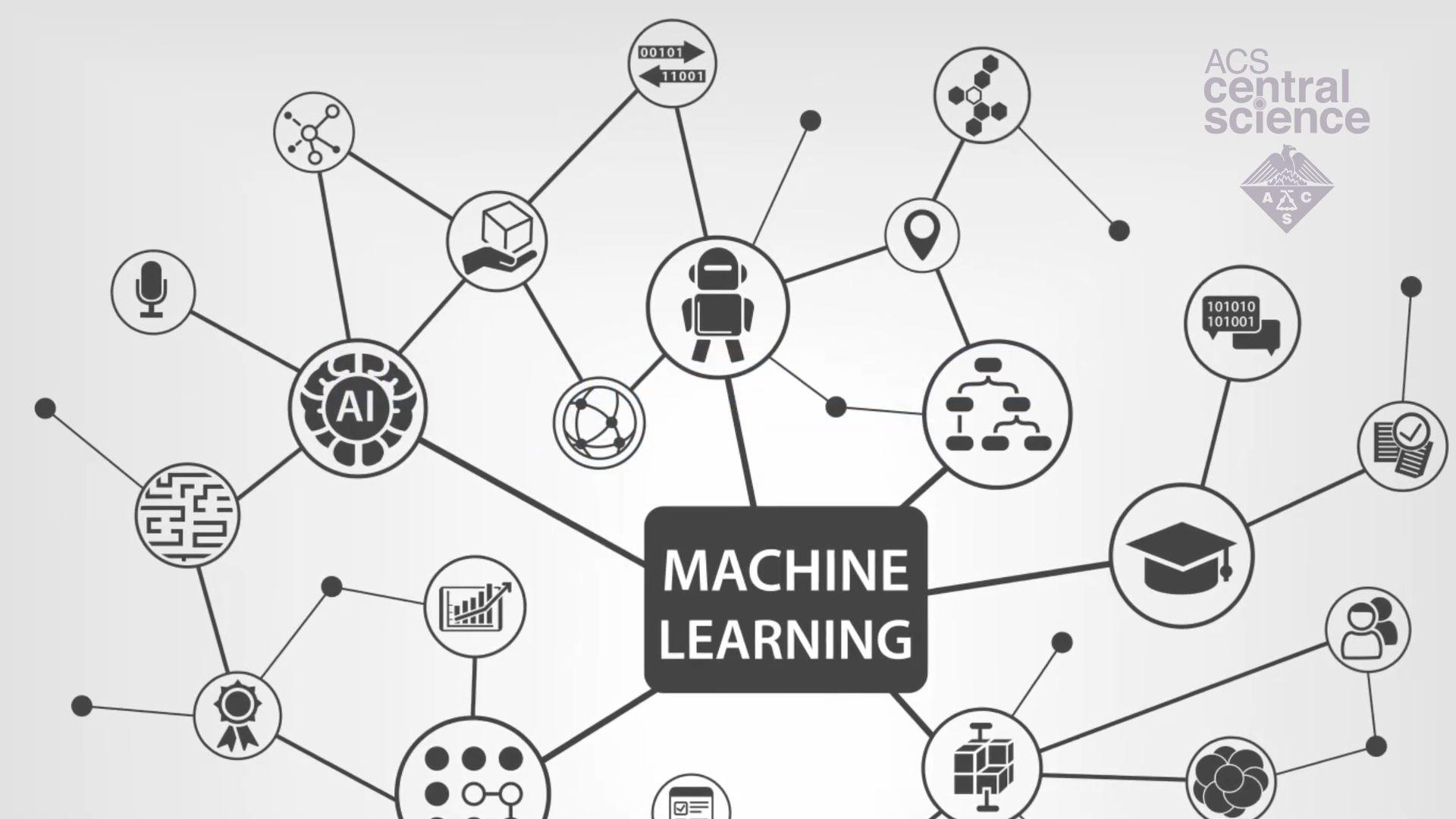
Best Practices for Integrating Machine Learning into Your Projects
Integrating machine learning into your projects can be a game-changer,but it requires a thoughtful approach to yield the best results. Here are some essential practices to consider:
- define Your Objectives Clearly: Start by establishing what you want to achieve with machine learning. Whether it’s improving customer service or enhancing product recommendations, clear goals will guide your data collection and model selection.
- Focus on Data Quality: The success of your machine learning models heavily relies on the quality of your data.Invest time in cleaning, preprocessing, and ensuring that your datasets are representative of the problem you’re trying to solve.
- Choose the Right Algorithms: Not all algorithms are created equal.Be sure to select the ones that align best with your project goals and the nature of your data. Experimenting with different models can lead to surprising insights.
- iterate and Optimize: Machine learning is not a one-and-done process. Continuously analyze model performance and be prepared to tweak your approach based on feedback and newly available data.
- Involve Stakeholders Early: Get buy-in from key stakeholders from the outset. Their insights could provide valuable context for your project and help align machine learning initiatives with business objectives.
To facilitate the integration process, consider the following frameworks that can streamline development:
| Framework | Use Case |
|---|---|
| TensorFlow | deep learning applications |
| scikit-learn | Traditional machine learning tasks |
| Pandas | Data manipulation and analysis |
| PyTorch | Research and prototyping |
Ultimately, the key to successful machine learning integration lies in a balance between technical execution and strategic alignment. By staying focused on your objectives and involving your team throughout the process, you’ll pave the way for innovative solutions that drive your project forward.

Common Misconceptions about AI and Machine Learning Explored
There are a plethora of misconceptions surrounding artificial intelligence and machine learning, often leading to confusion regarding their true capabilities and limitations. One prevalent myth is that AI and machine learning are the same thing. While they are interrelated, they represent different concepts. AI is the broader field that encompasses all forms of intelligent machines, including everything from rule-based systems to advanced neural networks, whereas machine learning specifically refers to systems that learn and improve from data.
another common misunderstanding is the belief that machine learning systems can operate autonomously without human intervention. While these systems can analyze vast datasets and make predictions, they still require human oversight to ensure that the algorithms are functioning correctly, to interpret results, and to provide relevant context.The human element remains crucial in refining models and making informed decisions based on the insights generated.
Many people also assume that AI takes jobs away from humans. In reality, AI is more likely to augment human capabilities rather than replace them entirely. As a notable example, in the healthcare sector, AI can assist doctors by analyzing medical data and offering diagnostic suggestions, allowing healthcare professionals to make more informed decisions. This partnership between humans and AI can lead to improved outcomes and efficiencies.
Lastly, there is a myth that AI is infallible. This misconception can lead to over-reliance on AI systems. In truth, machine learning models are only as good as the data they are trained on, and they can be subject to biases inherent in that data. Understanding the limitations of AI is vital to utilizing these technologies effectively.
| Misconception | Reality |
|---|---|
| AI and machine learning are the same | AI is a broader concept; machine learning is a subset of AI. |
| Machine learning is fully autonomous | Requires human oversight and context for best results. |
| AI will replace jobs | AI augments jobs, enhancing human capabilities. |
| AI is infallible | AI is only as good as its training data and can be biased. |
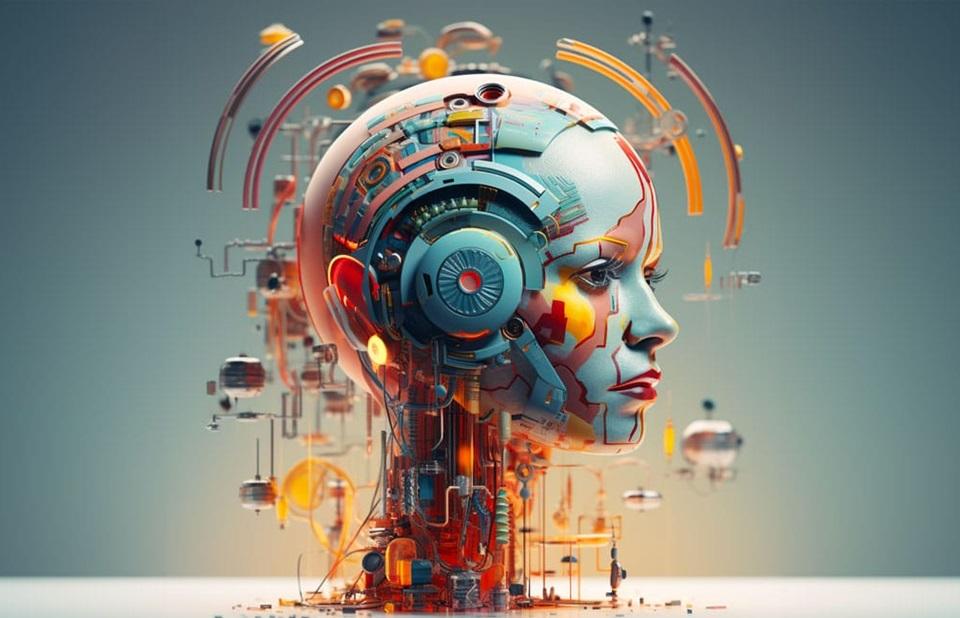
Embracing Innovation: How to Leverage Both AI and Machine Learning for Success
In the rapidly evolving landscape of technology, the convergence of artificial intelligence and machine learning is transforming industries across the globe. Organizations that embrace these innovations can unlock unprecedented opportunities for efficiency, productivity, and customer satisfaction. Here’s how to leverage these powerful tools for success:
- Understand the Distinction: While AI refers to the broader concept of machines simulating human intelligence, machine learning is a specific subset of AI focused on algorithms that learn from data. Grasping this difference is crucial for selecting the right approach for your business challenges.
- Data is King: Both AI and machine learning thrive on data.Investing in robust data collection and management practices will ensure your models are trained on high-quality datasets, leading to more accurate and reliable outcomes.
- Automation Opportunities: Identify repetitive tasks within your organization that can be automated through AI and machine learning.This not only reduces human error but also frees up valuable time for your team to focus on strategic initiatives.
Furthermore,the integration of AI and machine learning can enhance customer experiences significantly. Personalized marketing strategies powered by these technologies enable businesses to tailor their offerings based on individual customer preferences and behaviors. Consider the following table that illustrates the impact:
| Strategy | Benefit |
|---|---|
| Predictive Analytics | Anticipates customer needs |
| Chatbots | 24/7 customer support |
| Content Recommendations | Increases engagement |
Moreover, fostering a culture of innovation within your organization is essential. Encourage your team to experiment with AI and machine learning tools, allowing them to explore new ideas that could drive significant improvements. Continuous learning should be a priority, as staying updated with the latest advancements will keep your organization at the forefront of technological innovation.
Lastly, remember that successful implementation requires collaboration across departments. Engage stakeholders from IT, marketing, and operations to ensure that your AI and machine learning initiatives align with overall business objectives.By fostering cross-functional teamwork,you’ll be better equipped to tackle challenges and harness the full potential of these transformative technologies.
Frequently Asked Questions (FAQ)
Q&A: Machine Learning vs AI: Key Differences explained
Q: What’s the main difference between AI and Machine Learning?
A: Great question! At its core, Artificial Intelligence (AI) is the broader concept of machines being able to perform tasks that typically require human intelligence. This includes reasoning, understanding language, and even recognizing patterns. Machine Learning (ML), on the other hand, is a subset of AI. It focuses specifically on the idea that systems can learn from data, improve their performance over time, and make decisions without human intervention. So, think of AI as the umbrella and ML as one of the tools underneath it!
Q: Can you give me an example of how AI is used in everyday life?
A: Absolutely! One of the most common examples is virtual assistants like Siri or Alexa. These AI systems can understand voice commands, provide information, and even control smart home devices. they use various AI techniques, including natural language processing and machine learning, to continually improve their understanding and responsiveness based on user interactions.
Q: how does machine Learning actually work?
A: Machine Learning works by feeding algorithms large amounts of data, allowing them to identify patterns and make predictions or decisions without being explicitly programmed for each task. For example, think about how Netflix recommends movies based on what you’ve watched. It analyzes your viewing history (data) and learns your preferences over time, using that information to suggest titles you might enjoy!
Q: Are all Machine Learning systems considered AI?
A: Yes! All Machine Learning systems are classified as AI because they mimic human-like intelligence in their ability to learn from data. However, not all AI systems rely on machine learning. Some AI can operate on rule-based systems, where they follow specific rules and logic rather than learning from data.It’s a bit like having a smart assistant that knows how to help you based on preset instructions.
Q: What are the benefits of using Machine Learning in business?
A: The benefits are huge! Machine Learning helps businesses automate routine tasks, enhance customer experiences through personalization, predict trends, and make data-driven decisions. For instance, retailers can analyze buying patterns to optimize inventory, while financial institutions can use ML to detect fraudulent transactions in real-time. The ability to process vast amounts of data quickly and accurately gives companies a competitive edge.
Q: Can AI and Machine Learning have downsides?
A: Definitely, and it’s crucial to address them! One major concern is data privacy—ML systems require large datasets that may include sensitive information. Additionally, if not carefully managed, ML algorithms can unintentionally perpetuate biases present in the training data, leading to unfair outcomes. Responsible use and oversight are essential to mitigate these risks and ensure that these technologies serve everyone positively.
Q: So, should I be more interested in AI or Machine Learning?
A: It really depends on what you’re looking to achieve! If you’re interested in the broader implications of technology evolving to mimic human intelligence, AI is your focus. But if you’re keen on understanding how data drives decision-making and enhances automation, then delve into Machine Learning.Both fields are incredibly exciting and essential for the future, so you can’t go wrong with either!
Q: How can someone start learning about AI and Machine Learning?
A: There are plenty of resources out there! Online platforms like Coursera, Udacity, and edX offer courses ranging from beginner to advanced levels. You can also find a plethora of books, tutorials, and even YouTube channels dedicated to explaining these concepts in a more digestible way. The key is to start small, build your understanding, and keep experimenting with real-world data projects.
Feel free to ask more questions! The world of AI and Machine Learning is vast, and there’s so much to explore!
In Conclusion
As we wrap up our exploration of “Machine Learning vs. AI: Key differences Explained,” it’s clear that understanding these terms is more than just academic; it’s about grasping the future of technology that’s already shaping our daily lives. Whether you’re a business leader looking to leverage these innovations or simply a curious mind eager to stay informed, having a clear distinction between machine learning and artificial intelligence is crucial.So, the next time you hear someone toss around these terms, you can confidently navigate the conversation, equipped with the knowledge that machine learning is a powerful subset of AI, focused on data and patterns, while AI encompasses a broader spectrum of intelligent behaviors and applications.
Embracing this understanding can empower you to make informed decisions, whether it’s implementing new tech in your work or simply engaging in discussions about the future of innovation. Remember, the world of AI and machine learning is evolving rapidly, and staying informed is your best bet to keep pace with these exciting developments. so, keep exploring, keep questioning, and who knows? You might just find yourself at the forefront of the next big breakthrough!

